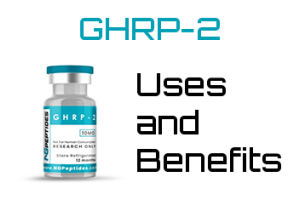Monthly Archives: December 2021
-
December 20, 2021
Oxytocin is a nonapeptide hormone primarily synthesized in magnocellular neurons of the paraventricular and supraoptic nuclei of the hypothalamus. It is known best for its role in stimulating uterine contraction and lactation and is important for social memory and attachment, sexual and maternal behavior, and aggression. Additionally, it has been implicated in various non-social behaviors, including learning, anxiety, feeding, and pain perception.
Oxytocin side effects
Oxytocin may have some side effects, including redness or itching at the site of injection, headache, nausea, vomiting, abdominal cramping, and pain. These potential side effects should be accounted for during a trial. However, there are no known health risks associated with Oxytocin injections, especially when compared to traditional hormone-based metabolic, strengthening, and growth treatments, as studied side by side in animal studies.
Oxytocin dosage
The
-
December 13, 2021
MGF stands for mechano growth factor, previously termed IGF-IEb mRNA. It’s a peptide naturally secreted in response to muscle injury and resistance training. It’s an analog of human insulin-like growth factor 1 (IGF-1), so it acts on the same receptors and has similar muscle growth stimulating effects. MGF can encourage the repair and growth of wasted tissues.
MGF side effects
MGF has few if any side effects such as redness or itching at site of injection and low blood sugar which should be accounted for during trial. There are no known health risks associated with MGF injections, especially when compared to traditional hormone-based metabolic, strengthening and growth treatments when compared side by side in animal studies.
MGF dosage
The recommended dosage for MGF is 200-300 mcg two to three times weekly, intramuscularly per injection at animal trial. Injection should be given on an empty stomach,
-
December 06, 2021
Also known as Ipam, Ipamorelin Acetate, IPAM, NNC-26-0161 Ipamorelin is similar to growth hormone releasing peptide, notably GHRP-6 and GHRP-2. It shares similar characteristics with GHRP2 although it doesn’t induce hunger, and it lacks ghrelin’s lipogenic properties. It can act in synergy with Growth Hormone Releasing Hormone, or with Sermorelin and Modified GRF 1-29. Ipam also shares close similarities with GHRP-6 although it lacks the side effects that accompany GHRP-6.
IPAMORELIN side effects
IPAMORELIN has few if any side effects such as redness or itching at site of injection and some increase flushing, headaches and flushing which should be accounted for during trial. There are no known health risks associated with IPAMORELIN injections, especially when compared to traditional hormone-based metabolic, strengthening and growth treatments when compared side by side in animal studies.
IPAMORELIN dosage



